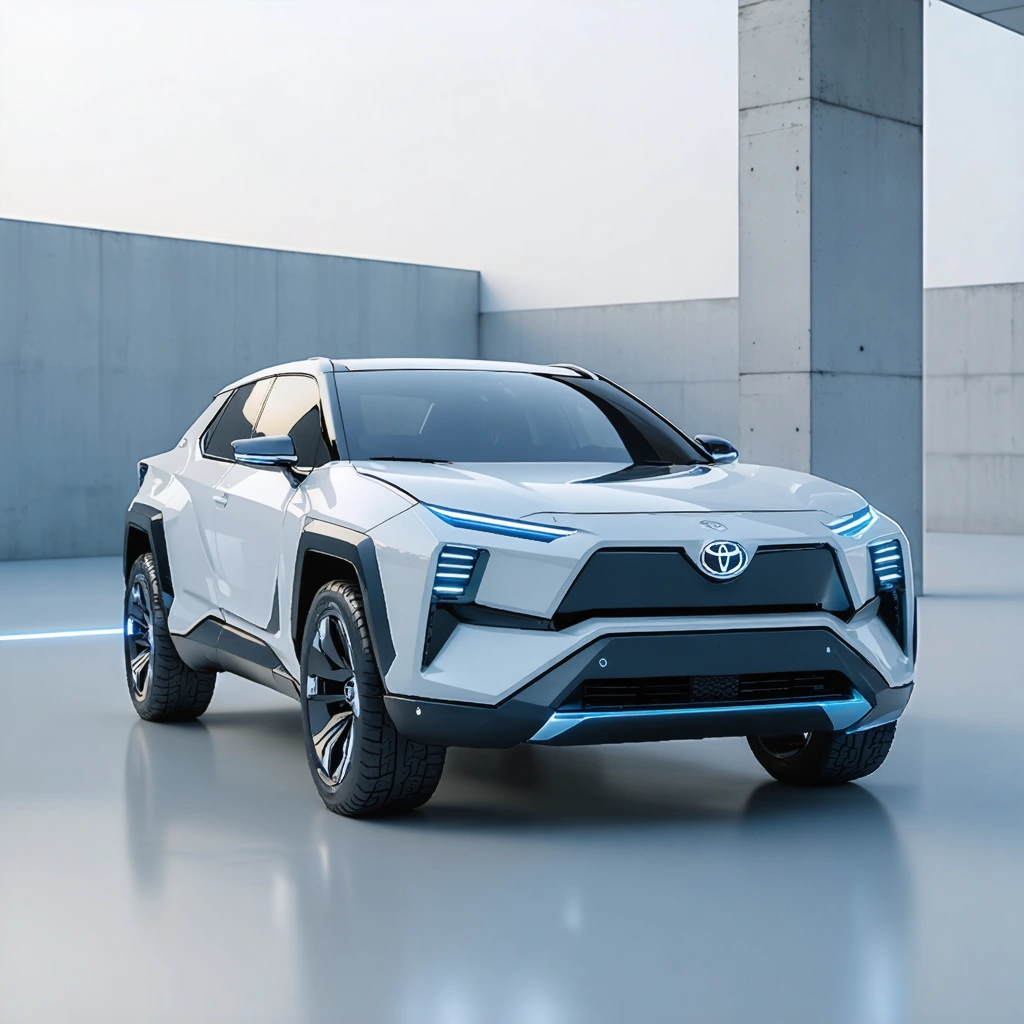
Introduction: Toyota’s Bold Leap into the Electric Vehicle Market
With a legacy built on reliability and innovation, Toyota has made a striking entrance into the affordable electric vehicle market in China. The launch of the bZ3X electric SUV, priced at an incredibly competitive ¥109,800 (approximately $15,000), signals a new chapter for the renowned automaker. In a market where homegrown brands have dominated, Toyota’s collaboration with GAC and the incorporation of cutting‐edge technologies have positioned the bZ3X as a formidable contender. This article examines Toyota’s strategy, competitive pricing, advanced technologies, and market reception in a comprehensive manner.
Competitive Pricing and Product Positioning
Toyota has emerged as a game-changer by offering an electric SUV that balances affordability with quality. The pricing strategy, spearheaded by a low entry-level model, has immediately captured consumer attention in China by generating over 10,000 orders within the first 60 minutes of sales. A closer look at the pricing and available variants reveals a carefully planned strategy aimed at different market segments:
Model Variants and Their Pricing
- 430 Air: Starting at ¥109,800 (~$15,000) – Equipped with a 50.03 kWh LFP battery pack, offering a CTLC range of 267 miles (430 km) on paper.
- 430 Air+: Starting at ¥119,800 (~$16,500) – Upgraded version with additional features and improved efficiency.
- 520 Pro & 520 Pro+: Priced at ¥120,980 (~$16,700) and ¥139,800 (~$19,300) respectively – Both versions use a larger 58.37 kWh battery and extend the range to 323 miles (520 km), integrating advanced driver-assistance systems.
- 610 Max: Starting at ¥159,800 (~$22,000) – Utilizes a robust 67.92 kWh battery, offers the longest range of 379 miles (610 km) and pumps 224 hp for enhanced performance.
Detailed Comparison with Competitors
Compared with other models available in the Chinese market, the bZ3X offers:
- An industry-disrupting price point when measured against vehicles like the GAC Toyota Highlander and the Camry.
- Advanced technology integrations, including next-generation driver-assistance systems powered by Nvidia.
- Competitive performance metrics, with both entry-level and flagship variants featuring substantial horsepower figures (204 hp for the base models and 224 hp for the performance model).
Technological Innovations and Design Elements
The bZ3X is not only about affordability – it is also a showcase of Toyota’s renewed commitment to tech-driven automotive solutions. The following sections highlight the key technological and design aspects that define this new electric SUV.
Advanced Driver-Assistance and Safety Features
Toyota’s investment in advanced driver-assistance systems sets the bZ3X apart in the burgeoning EV segment. Two variants of the 520 Pro are equipped with a comprehensive array of sensors and cameras, including:
| Component | Description |
|---|---|
| Cameras | 11 high-definition cameras for 360-degree awareness |
| Ultrasonic Radars | 12 sensors to ensure close-proximity object detection |
| Millimeter Wave Radars | High-frequency radars for long-distance detection |
| LiDAR | One unit providing precise distance mapping |
Powered by the Nvidia Drive AGX Orin X platform, these systems enhance the safety and overall driving experience, ensuring Toyota competes head-to-head with technology-first electric vehicles.
Interior Comfort and Infotainment
While the bZ3X embraces a robust technical framework, comfort and user-friendly interfaces remain integral to its design. The cabin boasts:
- A 14.6-inch infotainment touchscreen that offers intuitive navigation and connectivity.
- An 8.8-inch digital instrument cluster ensuring that essential driving metrics are easily visible.
- An 11-speaker Yamaha audio system that delivers premium sound quality for an enjoyable ride ambiance.
Market Impact and Future Prospects
Toyota’s entry into the affordable electric SUV segment has far-reaching implications for both the company and the broader automotive market in China. Here are some key observations:
Immediate Market Reception
The bZ3X has proven its appeal instantly, with over 10,000 orders recorded within the first hour after the start of sales. This overwhelming response not only highlights the demand for affordable electric vehicles but also underscores the successful repositioning of a legacy brand in the new-age EV market.
Strategic Implications for Toyota
For Toyota, venturing into the low-priced electric segment marks a strategic pivot towards rapid innovation and a more competitive stance against both global and local electric vehicle manufacturers. The strategy is built on several key pillars:
- Market Penetration: Affordable pricing and high features enable quick market penetration, particularly in a region that values cost efficiency.
- Brand Reinvention: Emphasizing technological advancements and new product features assures consumers that legacy brands are adapting to the rapidly changing automotive landscape.
- Collaboration Synergy: Partnerships, such as that with GAC, efficiently combine local market insights with global automotive expertise to achieve optimal product-market fit.
Looking Ahead: Expansion and Innovation
Looking to the future, Toyota’s approach with the bZ3X sets the stage for further investments in electrification and technological innovation. The company is likely to introduce additional models leveraging its extensive research and development capabilities. Anticipated future trends include:
- Broader integration of autonomous driving features in subsequent models.
- Enhancements in battery technology to extend range and reduce charging times.
- Further localization of manufacturing processes to better meet regional demands.
These advancements are expected to reinforce Toyota’s market position and ensure its relevance in a competitive global market.
Conclusion
The introduction of Toyota’s bZ3X electric SUV in China is a powerful demonstration of how legacy automotive companies are transforming themselves to meet new market realities. By offering a product that is both affordable and technologically sophisticated, Toyota has not only made a strong impression in the competitive EV market but also set new benchmarks for innovation and consumer satisfaction. As the landscape of electric vehicles continues to evolve, Toyota’s strategic move with the bZ3X is poised to inspire a wave of competitive strategies among both traditional and emerging manufacturers, ensuring dynamic growth and sustainability in the rapidly changing automotive sector.






